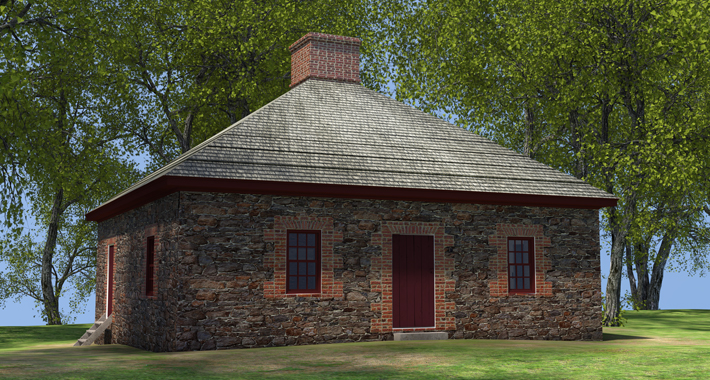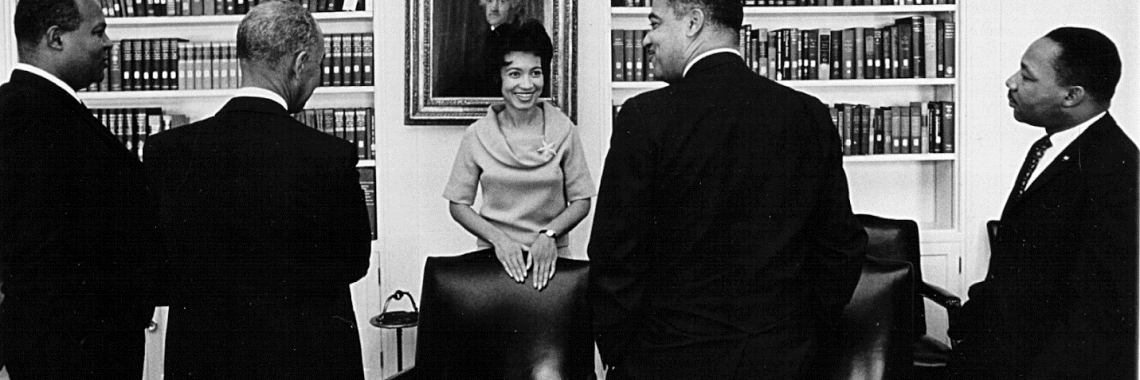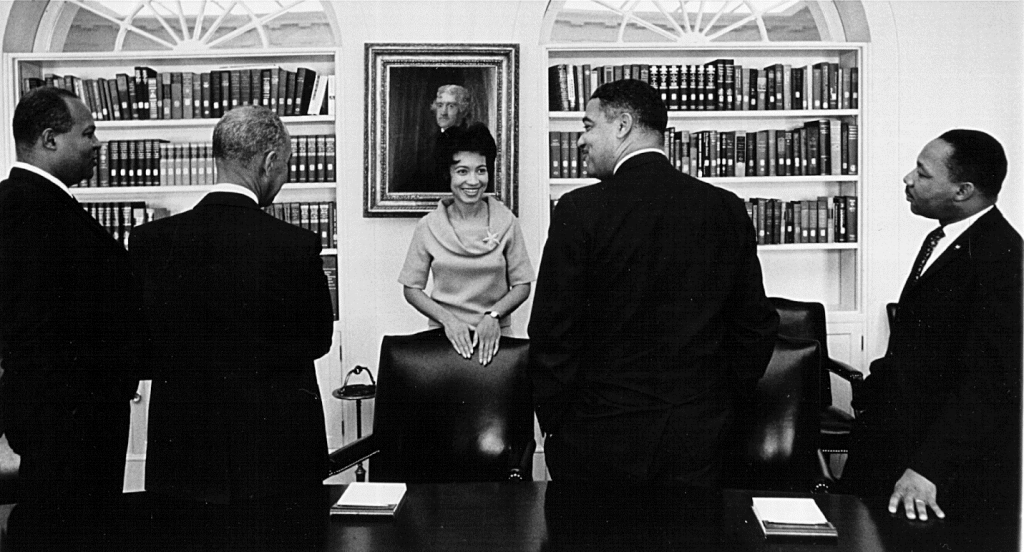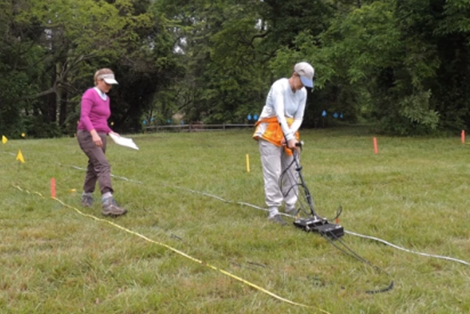A Not-So Cinderella Story
The Life of Cinderella Brogden of Belvoir
In 1848, Cinderella Brogden was “about 22 to 24 years old, pleasant when spoken to, of a light yellow complexion, and about 4’6″ tall.” She lived at Belvoir Plantation in Crownsville, Maryland, in a comfortable, well-appointed stone dwelling house with a central fireplace, brick floors and four rooms, with her mother Lydia, and her siblings Basil, John Henry, Lucinda, and Eliza. She had recently married Abraham Brogden, a well-respected laborer whose family had lived in Anne Arundel County for generations. Abraham grew up in the Millersville area, near the head of the Severn River and was likely familiar with Cinderella and her family living on a nearby farm. In 1848, he was 27 years old, employed by Mr. James Curly at his farm in the north of Anne Arundel County, and lived in Ward 10 of Baltimore City.
But here is where the fairytale stops.
George F. Worthington, an ordained protestant priest, inherited the Belvoir Plantation along present day Generals Highway, from his father in 1837. He also inherited 13 enslaved workers, including Lydia and her children, Basil, Cinderella, John Henry, Lucinda, and Eliza. Cinderella was likely born at Belvoir, and for her 24 years, had at least enjoyed a family structure and the support network of her siblings. Despite her enslaved status, she was allowed to marry, and wed a well-respected freedman named Abraham Brogden.
Shortly before Christmas of 1848, Cinderella received word that she “was about to be sold [out of state] under execution for her masters debts,” a reality that struck fear and dread, and promised to tear apart her life and family. On the evening of Thursday December 21st, Cinderella gathered a few of her personal belongings and clothes, bid her family goodbye, and fled to Baltimore City with the support of her husband Abraham.
While Worthington was not living at Belvoir, his Overseer Edward H Brown wasted no time in posting a runaway slave advertisement to the Baltimore Sun offerring $75 for her arrest or $100 if taken out of State. This is a chilling caveat to the ad, as Brown’s acknowledgement that she may escape “out of the state” suggests that Cinderella knew the gravity of her fate, and was trying to get as far away as possible to gain her freedom.
This advertisement was posted in the Baltimore Sun on December 23rd 1848, though by the time it was published, she and her husband Abraham had already been apprehended by the authorities. Admitted to a Baltimore jail on Dec 22nd, Cinderella remained incarcerated for 8 days, until ultimately being returned to her ‘owner’, Mr. Worthington. As she and her family had feared, upon her return to Worthington’s custody, she was quickly sold out of state.
For Abraham’s effort to save his wife, he was tried and found guilty of “enticing his wife away” by the Anne Arundel County Court on April 19, 1849, and sentenced to four years in a Maryland Penitentiary. While the law responded blindly, seeing Cinderella as nothing more than property that had been stolen by Abraham, more than 115 citizens petitioned the Governor, pleading for leniency. Sadly, their pleas did not extend so far as to bringing Cinderella back to Maryland.
Long time family friend Thomas D. Marriott wrote Governor Enoch Louis Lowe multiple times, pleading Brogden’s case and asking for his sentence to be reduced. On March 20 1851 he wrote, “Few can be found who do not look upon his attempt to save his wife from a sale to some far distant parts as an offense not deserving of the full penalty of the law.” A few months later he further pleaded that, “It should be borne in mind, that she was about to be sold, when Brogden ran off with her…The crime was in endeavoring to set his wife at liberty! Not that instigated by fanaticism, but one produced by feelings entirely different from those by which fanatics and political abolitionists are amazed.”
The appeals eventually brought the Governor to grant Abraham Brogden a pardon on May 23, 1851, and he was released from the Maryland penitentiary the very next day. They were sadly though never to be reunited, as Cinderella had died during his imprisonment.
Contributed by C. Jane Cox, Administrator, Anne Arundel County Cultural Resources Section
Links to Learn More:
Archaeological Research at Belvoir
See an interactive 3-d reconstruction of the Belvoir Slave Barracks here
DNA Traces local citizens roots back to those enslaved at Belvoir
References
- Cinderella Brogden, MSA SC 5496-287 (Biographical Series)
- Abraham Brogden MSA SC 5496-003367 (Biographical Series)
- George F. Worthington MSA SC 5496-00640 (Biographical Series)
- “One Hundred Dollars Reward.” Baltimore Sun 23 December 1848.
- R.S. Fisher. Gazetteer of the State of Maryland (Baltimore, MD: James S. Waters, 1852) 58.
- Anne Arundel County District 2, Simon J. Martenet, Map of Anne Arundel County, 1860, Library of Congress, MSA SC 1213-1-117.
- SECRETARY OF STATE (Pardon Papers) MSA S1031, Abraham Brogden, Box 48, Folder 28, 1851, [MSA S1031-10].
- “One Hundred Dollars Reward.” Baltimore Sun 23 December 1848.
- BALTIMORE CITY AND COUNTY JAIL (Runaway Docket) [MSA C 2064-2]. Cinderella Brogden, #1268. SECRETARY OF STATE (Pardon Papers) MSA S1031, Abraham Brogden, Box 48, Folder 28, 1851, [MSA S1031-10].
- MARYLAND PENITENTIARY (Prisoners Record) MSA S275, Abraham Brogden, #4241, MSA S 275-2, MdHR 5656.
- U.S. CENSUS BUREAU (Census Record, MD), Abram Brigton, 1840, Baltimore City, Ward 10, Page 3, Line 4 [MSA SM61-100, SCM 4714].
- Ethan Allen, Clergy in Maryland of the Protestant Episcopal Church since the independence (Baltimore, MD: James S. Waters, 1860) 60.
- 1850 Census Record (D.C.) for George F. Worthington, Washington City, Ward 1, Page 56, Line 31. Ancestry.com.
- Maryland Inventory of Historic Places Scott’s Plantation/ Belvoir AA-183
1860 Martenets Map: Excerpt of Round Bay/Crownsville/ Millersville Area.
(Courtesy of the Library of Congress)








